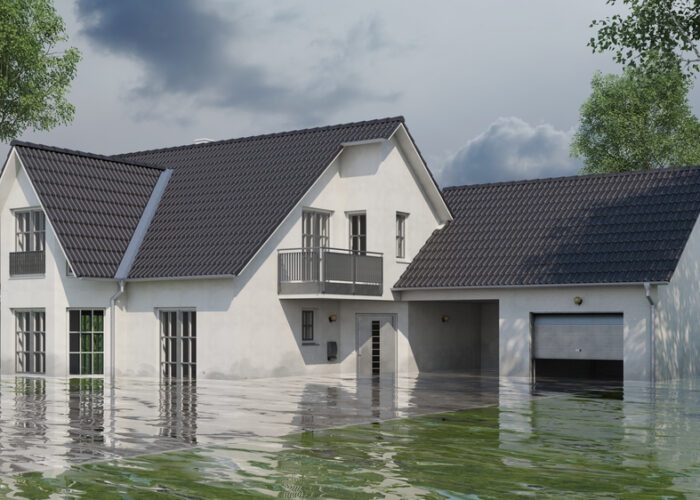
Flood Preparedness 101: How to Minimize Water Damage Risks
Floods are among the most common natural disasters in the United States, causing billions of dollars in yearly damages. In addition to their immediate danger to human life and property, floods can lead to long-lasting water damage and mold growth if not properly addressed. That’s why homeowners must be prepared and take proactive steps with the help of air quality consultants and other professionals to minimize water damage risks in the event of a flood.
Understanding Flood Risks in Your Area
The first step in flood preparedness is understanding your area’s flood risks. You can check flood maps provided by the Federal Emergency Management Agency (FEMA) to determine if your home is located in a flood-prone area. Knowing whether you are at risk of flooding from rivers, streams, or coastal storm surges is important so you can take appropriate measures to protect your property.
Create a Flood Emergency Plan
Once you understand the flood risks in your area, the next step is to create a flood emergency plan. This plan should outline what you will do in the event of a flood, including evacuation routes, emergency contacts, and a list of essential items to take with you. Ensure all family members are familiar with the plan and regularly practice evacuation drills.
Prepare an Emergency Kit
In the event of a flood, you may need to evacuate your home quickly. That’s why having an emergency kit ready with essential items such as food, water, first aid supplies, flashlights, batteries, and important documents is essential. Keep your emergency kit in a waterproof container and store it in a readily accessible location.
Protect Your Home from Water Damage
You can take several steps to protect your home and minimize water damage risks during a flood. Here are some tips on how to ensure you have a healthy home and prepare for a flood:
1. Seal Gaps and Cracks
Water can seep into your home through small gaps and cracks in doors, windows, and walls. Seal these areas with caulk or weatherstripping to prevent water infiltration during a flood.
2. Elevate Electrical Appliances
Electrical appliances such as washers, dryers, and water heaters should be elevated to prevent water damage. If possible, move these appliances to higher floors or build a platform to raise them above potential flood levels.
3. Install Sump Pumps
Sump pumps are designed to remove accumulated water in basements or crawl spaces. Install a sump pump in your home to help prevent flooding and minimize water damage in these areas.
4. Backup Your Data
Store important documents, photos, and other valuable items in waterproof containers or back up your data electronically. This will help protect your belongings in the event of a flood.
5. Clean Gutters and Downspouts
Regularly clean and maintain your gutters and downspouts to ensure proper drainage away from your home. Clogged gutters can lead to water overflow and cause flooding around your foundation.
6. Install Flood Barriers
Consider installing flood barriers such as sandbags or flood gates to prevent water from entering your home. These barriers can help redirect floodwater away from your property and minimize water damage.
7. Inspect Your Roof
A leaky roof can lead to water damage during heavy rainfall or flooding. Inspect your roof regularly for any signs of damage and repair any leaks or missing shingles to prevent water infiltration.
Contact Ahold of Mold Environmental
If you are concerned about the potential for mold growth after a flood, contact Ahold of Mold Environmental for professional mold inspection and remediation services. Our experienced team of environmental hygienists, remediation contractors, and indoor air quality experts can help diagnose and repair mold and water damage to minimize health risks and property damage.
Flood preparedness is essential for protecting your home and family from water damage risks. By understanding flood risks in your area, creating a flood emergency plan, and taking proactive measures to protect your property, you can minimize the impact of floods on your home. Contact us at Ahold of Mold Environmental for professional mold inspection and remediation services to ensure your home is safe and mold-free after a flood.
Categorised in: Water Damage Restoration


